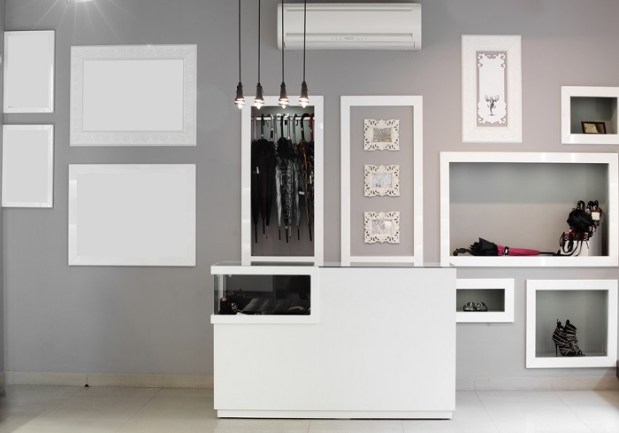Restoration Hardware Creates (In-Store) Home Away From Home

In-store retailers have always pained themselves over how to best show off their top-sellers to prospective customers. With eCommerce nipping at brick-and-mortar merchants’ heels, though, the retail arms race to find the perfect blend of product emphasis and consumer amenities has left many brands wondering why the millions of dollars they sink into redesigns don’t seem to draw shoppers in any more than window displays of the past did.
However, in an interview with Forbes, luxury home furnisher Restoration Hardware CEO Gary Friedman explained that his brand’s recent success with in-store redesigns is due to two elements: focus on the products and focus on the consumer.
“Most retail stores are windowless boxes that lack any sense of humanity,” Friedman told Forbes. “We wanted to blur the lines between residential and retail, and create a sense of place that is more home than store.”
Friedman and RH put this philosophy into action in key locations such as its 70,000-square-foot Chicago store and a second location in Tampa, Florida. In the Windy City, RH’s luxury products are set up to mimic high-end homes. This means soft lighting from chandeliers, plenty of natural sunlight from the store’s many windows and even a pianist on a grand piano filling the space with relaxing classical tunes.
Moreover, Friedman explained that the blend between digital and physical retailing still needs to be monitored, so all of RH’s in-store employees are equipped with mobile devices, allowing them to supplement orders with the entire range of RH’s digital catalog, whether or not individual stores are fully stocked. While all of these elements may seem granular and ineffectual on their own, Friedman told The Tampa Tribune that the blend of luxury amenities like fresh cappuccinos and top-level digital inventory management help to foster not only a welcoming atmosphere in RH’s stores, but more importantly a positive environment for its products.
“Go walk the rest of the mall and tell me if anything feels like this,” Friedman said. “The No. 1 comment we get when people sit down here, they go, ‘Ahh … I just want to live here.’ I’ve worked in retail for over 30 years and I’ve never heard anyone say they wanted to live in a retail store until now.”
For a business like RH, making shoppers feel at home in their stores is a core part of their brand values. Selling luxury furnishings can be difficult when consumers not only struggle to picture what certain sofas and end tables might look like in their homes, but it becomes downright impossible when the design of the overall store itself takes away from an atmosphere conducive to selling luxury goods. In essence, RH’s ability to create a holistic environment around their products allows them to operate in a unique way that can’t be replicated online – no matter how low the prices may go.
“We’re selling great design and great spaces, but you’re probably buying that sofa because of the feeling it gives you,” Friedman told Forbes.
While many retailers are looking to store redesigns as a way to appeal to younger shoppers, a new coat of paint and some open floor spaces might create a more attractive aesthetic, but as Friedman and RH know, what the design of a brick-and-mortar store evokes is arguably more important than how it looks. After all, if the ultimate goal of in-store design is to supplement the shopping experience with a feeling that can’t be replicated by online marketplaces, then looking at the feelings behind the furniture can give brick-and-mortar retailers a tool their digital competition is powerless to use.
